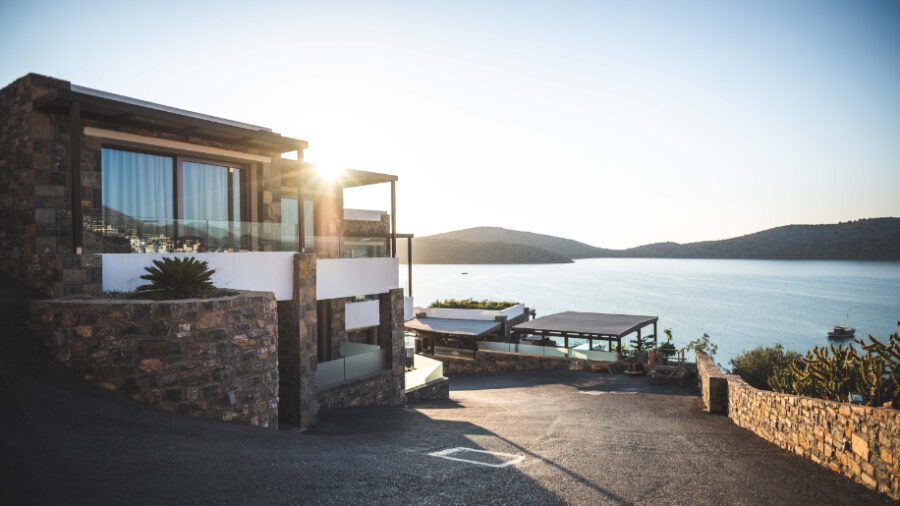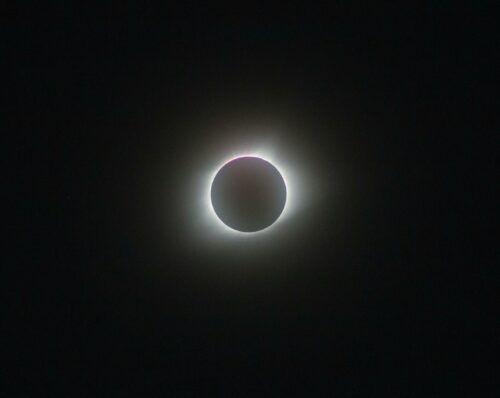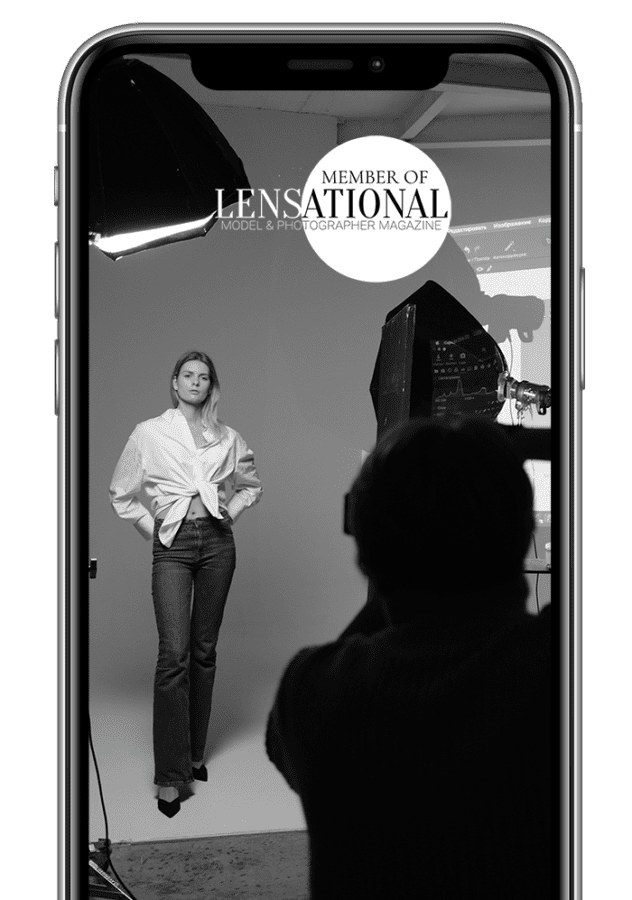If you have an eye for detail and a passion for photography, then becoming a real estate photographer might just be the perfect career path for you. Real estate photography is a growing industry, and with the rise of online property listings, there’s never been a better time to break into the field. But how exactly do you become a real estate photographer? In this article, we’ll explore the steps of how to become a real estate photographer.
- Study Photography and Learn How to Operate Your Camera
- How to Prepare for a Real Estate Shoot
- Real Estate Photography Techniques
- Understanding Lighting and Composition for Real Estate Photography
- Pricing Your Services as a Real Estate Photographer
- Legal Considerations for Real Estate Photography
- Best Camera and Lens for Real Estate Photography
- Best Tripod for Real Estate Photography
- Best Drone for Real Estate Photography
- Best Artificial Lighting for Real Estate Photography
- How Do I Promote My Real Estate Photography Business?
Study Photography and Learn How to Operate Your Camera
Photographers have big knowledge of camera equipment, lighting and composition. Resources to learn basics of photography:
The Beginner’s Guide: How To Use Aperture In Photography
The Beginner’s Guide: How To Use Shutter Speed In Photography
The Beginner’s Guide: How To Use ISO In Photography
University-Level Class On Digital Photography For Free
How to Prepare for a Real Estate Shoot
It’s essential to understand the client’s needs and expectations. If possible, schedule a meeting with them and discuss the property’s:
- Unique features,
- The target audience
- Desired mood or theme.
This informations will guide you in crafting a plan for the shoot, including the equipment needed and the ideal time of day to capture the property’s best angles.
If meeting is not possible, research the property and the surrounding area to get a feel for the community and what makes it unique. This will help you to capture the essence of the property in your photos and create a story that will engage potential buyers.
Scout the location beforehand to get a feel of the space and plan your shots accordingly. Take note of any potential obstacles such as poor lighting, cluttered spaces or obstructed views, and plan how to overcome them. It’s also helpful to create a shot list, which outlines the scenes or features you want to capture during the shoot. This list will help you stay on track and ensure that you don’t miss any critical shots.
When it comes to equipment, ensure that you have all the necessary gear for the shoot. Bring extra batteries, memory cards, and lenses in case of any technical issues. It’s also best to dress appropriately and wear comfortable shoes as real estate shoots can be physically demanding. On the day of the shoot, arrive early to set up your equipment and make any necessary adjustments.
By understanding the client’s needs, scouting the location, creating a shot list, and having the right equipment, you can capture stunning images that showcase the property’s best features.
Real Estate Photography Techniques
Real estate photography is a crucial aspect of the real estate industry. It is a powerful tool that can help sell properties faster and at a higher price. But, how do you take great photos of a property? The answer lies in using the right real estate photography techniques. Whether you are a beginner or an experienced photographer, mastering these techniques can make a huge difference in the quality of your photos.
Firstly, lighting is key when it comes to real estate photography.
Secondly, it is important to capture the right angles. Wide-angle lenses are commonly used in real estate photography to capture a larger area of the property. However, it is important to avoid distortion by keeping the camera level and using a lens correction tool in post-processing.
Thirdly, staging the property is crucial. Clear the clutter and make sure the property is clean and tidy. This will make the property look more attractive and inviting.
Using props such as flowers or fruit can add a pop of color and make the photos more visually appealing.
Understanding Lighting and Composition for Real Estate Photography
The way a property is presented can make all the difference in attracting potential buyers or renters. It’s not just about snapping a few pictures, but about creating a visual experience that showcases the property’s unique features and highlights its best qualities.
When it comes to lighting, natural light is the best option for real estate photography. The ideal time to schedule a shoot is during the golden hour, which is the first or last hour of sunlight during the day. During this time, the light is soft, warm, and creates beautiful shadows, making your shots look more professional and appealing.
In addition to natural light, you may also need to use artificial lighting to achieve the desired effect. This could include using a flash, a reflector, or even setting up additional lights to highlight certain areas of the property. Whatever lighting you choose to use, it is important to ensure that it is consistent throughout the shoot, so that the images look cohesive and professional.
Using a combination of artificial and natural light can create a well-lit space that accurately represents the property.
Rule of thirds – This guideline suggests dividing the image into thirds, both horizontally and vertically, and placing the subject along the intersecting lines. This technique creates a balanced and visually pleasing image that draws the viewer’s eye to the subject.

Composition – A well-composed image can highlight the property’s strengths and create an emotional connection with potential buyers. A common technique used in real estate photography is to shoot from a low angle, which can make rooms appear larger and more spacious. Additionally, using wide-angle lenses can capture more of the room, giving buyers a better idea of the space’s layout.
Pricing Your Services as a Real Estate Photographer
Pricing your services as a real estate photographer can be a daunting task, but it’s an essential aspect of running a successful business. You need to set a fair price for your services that reflects your skills and expertise.
When pricing your services as a real estate photographer, you need to consider factors:
- Experience
- Equipment
- Level of Service
If you’re just starting as a real estate photographer, your rates may be lower than those of more experienced photographers. However, you should still set a price that reflects your skills and the value you bring to your clients.
High-end cameras, lenses, and lighting equipment can be expensive, and you need to factor in the cost of maintaining and replacing your equipment. You should also consider the level of service you provide and whether you offer additional services, such as virtual tours or drone photography.
Learn How To Price Your Photography – FREE Calculator & CODB Worksheet
Legal Considerations for Real Estate Photography
It is important to understand the legal considerations that come with this profession. Legal considerations for real estate photography are critical in ensuring that you don’t run into trouble with the law.
Permissions – One of the most important legal considerations for real estate photography. This is especially important if you are working with a commercial property, as there may be additional legal requirements that must be met. Before you begin taking photographs, make sure that you have written permission from the property owner, and that you understand any restrictions or limitations that may be in place.
Copyright Infringement – Photographers must ensure that they have the necessary rights to use and distribute the images they capture. This means obtaining permission from the property owner to use the images for commercial purposes, as well as ensuring that any recognizable features or trademarks are not captured in the images without permission.
Privacy Laws – If you are taking photographs of a residential property, you need to be mindful of the privacy rights of the occupants. This means that you should avoid taking pictures of people without their express consent, and you should be careful not to capture any personal information that could be used to identify them.
Zoning laws – Some areas may have restrictions on how properties can be photographed, or there may be rules about how close you can get to the property. There are also regulations surrounding the use of drones for real estate photography. If a photographer intends to use a drone to capture images of a property, they must comply with FAA guidelines and obtain the necessary licenses and certifications.
Best Camera and Lens for Real Estate Photography
Real estate photography is all about capturing stunning images of properties that entice potential buyers to make a purchase. And to do that, you need the right equipment.
The camera is the primary tool for capturing high-quality images. The best camera for real estate photography should have a full-frame sensor and capture high-resolution images.
Canon EOS 5D Mark IV – One of the most popular cameras for real estate photography. This camera boasts a 30.4-megapixel full-frame sensor and a dual-pixel autofocus system that ensures sharp and accurate focus. It also has a wide ISO range, which means it can shoot in low light conditions without compromising the image quality.
Sony A7R IV – Another popular option is the, which boasts a 61-megapixel full-frame sensor and a fast autofocus system. It also has excellent low-light capabilities and can shoot up to 10 fps, making it perfect for capturing fast-moving subjects.
Next, let’s talk about lenses. The right lens can make all the difference in real estate photography. The best lens for real estate photography should have a wide-angle perspective and produce sharp, distortion-free images.
Canon EF 16-35mm f/2.8L III USM – This lens has a wide-angle perspective, which makes it perfect for capturing large spaces. It also produces sharp images with minimal distortion.
Nikon AF-S Nikkor 14-24mm f/2.8G ED – This lens has an ultra-wide-angle perspective, which makes it perfect for capturing large spaces and tight corners. It also produces sharp and distortion-free images, thanks to its advanced lens design.
Best Tripod for Real Estate Photography
A sturdy tripod is an essential tool for any photographer, but it’s especially important for real estate photography, where you need to capture every detail of a property. The best tripod for real estate photography will provide stability, durability, and versatility, allowing you to capture stunning images from any angle.
Manfrotto MT055CXPRO3 Carbon Fiber Tripod – One of the top contenders for the best tripod for real estate photography. This tripod is made of high-quality carbon fiber, making it lightweight yet incredibly sturdy. It’s also highly adjustable, with a maximum height of 66.9 inches and a minimum height of just 3.5 inches, so you can capture images from any angle. The tripod also features a center column that can be adjusted and rotated, allowing you to get even more creative with your shots.
Best Drone for Real Estate Photography
A drone can help you capture stunning aerial shots of the property and its surroundings. And a 360-degree camera can help you create immersive virtual tours of the property. But with so many options available in the market, choosing the best drone for real estate photography can be a daunting task.
When looking for the best drone for real estate photography, there are a few crucial factors to consider. First and foremost, you need a drone that can capture high-quality images and videos. Look for a drone that features a high-resolution camera with a wide-angle lens that can capture detailed shots of the property. The drone should also be equipped with image stabilization technology to ensure that the footage is smooth and steady. Another important factor to consider is the flight time of the drone. You want a drone that can stay in the air for a reasonable amount of time to capture enough footage without having to constantly land and recharge. A drone with a flight time of at least 20-25 minutes is ideal for real estate photography.
DJI Mavic 2 Pro – Widely considered to be the best drone for real estate photography. It features a Hasselblad camera with a 1-inch CMOS sensor that can capture stunning 20-megapixel photos and 4K videos. The drone has a maximum flight time of 31 minutes, allowing you to capture ample footage without having to constantly land and recharge. The DJI Mavic 2 Pro also has a foldable design, making it easy to transport and store.

Phantom 4 Pro from DJI – It features a 20-megapixel camera with a 1-inch sensor and can shoot 4K videos at 60 frames per second. The drone has a maximum flight time of 28 minutes and is equipped with obstacle avoidance sensors to ensure safe and smooth flights.
Best Artificial Lighting for Real Estate Photography
When it comes to choosing the best artificial lighting for real estate photography, there are several factors to consider.
You want to choose lighting that is bright enough to adequately illuminate the space. This is especially important when photographing larger rooms or areas with low natural light.
Another important factor to consider is the color temperature of the lighting. Artificial lighting can vary significantly in color temperature, which can have a significant impact on the overall look and feel of your images. For real estate photography, you want to choose lighting that is as close to natural daylight as possible, typically around 5500K.
Softbox kit – Softboxes are essentially large, rectangular boxes that are lined with diffuser material to create a soft and even light. They are typically used with a flash or continuous lighting source and can be adjusted to provide the desired level of brightness and color temperature.
LED panels – These are flat panels that contain multiple LED lights and offer a bright and even light source. LED panels are often used for video production, but they can work well for real estate photography as well. They offer the advantage of being lightweight and easy to position for the best possible lighting.
Aputure AL-M9 – One of the top LED panels for real estate photography. This LED panel is cheap, compact, lightweight, and portable. It offers a wide range of color temperatures from 3200K to 6500K, and it has a high CRI of 95+. The Aputure AL-M9 also has an adjustable brightness range from 1% to 100%, making it easy to customize the lighting to fit your needs.
Aputure AL-MW – This panel is designed to provide natural-looking lighting and is perfect for illuminating interior spaces. It is also waterproof, making it a great option for outdoor shoots. The Aputure AL-MW is easy to use and can be controlled via Bluetooth, making it a convenient and efficient choice.
Neewer 660 LED Video Light Panel – This panel provides a soft and diffused light, which is perfect for creating a warm and welcoming atmosphere in real estate photography. It is also budget-friendly and ideal for photographers who are just starting out. The Neewer 660 LED Video Light Panel is adjustable, allowing you to customize the light source according to your needs.
You may want to use a combination of different lighting sources to achieve the desired effect. This could include a softbox kit paired with LED panels or even natural light from windows or skylights. The key is to experiment with different lighting setups until you find the combination that works best for your specific needs.
How Do I Promote My Real Estate Photography Business?
Portfolio
First and foremost, you need to create a portfolio of your work. Your portfolio should showcase your best work and be easily accessible online. This way, potential clients can easily see the quality of your work and decide whether to hire you or not.
Social Media
Additionally, you can leverage social media platforms like Instagram and Facebook to showcase your work and attract more clients. Make sure to use relevant hashtags and geotags to increase your visibility.
Real Estate Agents
Another way to promote your real estate photography business is by building relationships with real estate agents and brokers. Attend real estate events and conferences to network with industry players.
You can also offer your services to real estate agents and brokers to capture their properties. If they like your work, they will refer you to their clients, which can help you grow your business. In addition, you can offer special promotions and discounts to attract more clients.
For instance, you can offer a discount for first-time clients or offer a package deal for real estate agents who want to hire you for multiple properties. Make sure to advertise your promotions on your website and social media platforms.
Advertising
Invest in paid advertising. You can use platforms like Google Ads and Facebook Ads to target potential clients in your local area. Ensure that your ads are well-crafted and visually appealing to capture the attention of potential clients.
Listing for Business
Leverage online directories to promote your business. Websites like Yelp and Google My Business allow you to create a listing for your business and showcase your services. Make sure to optimize your listing by including relevant keywords and ensuring that your contact information is accurate.


















